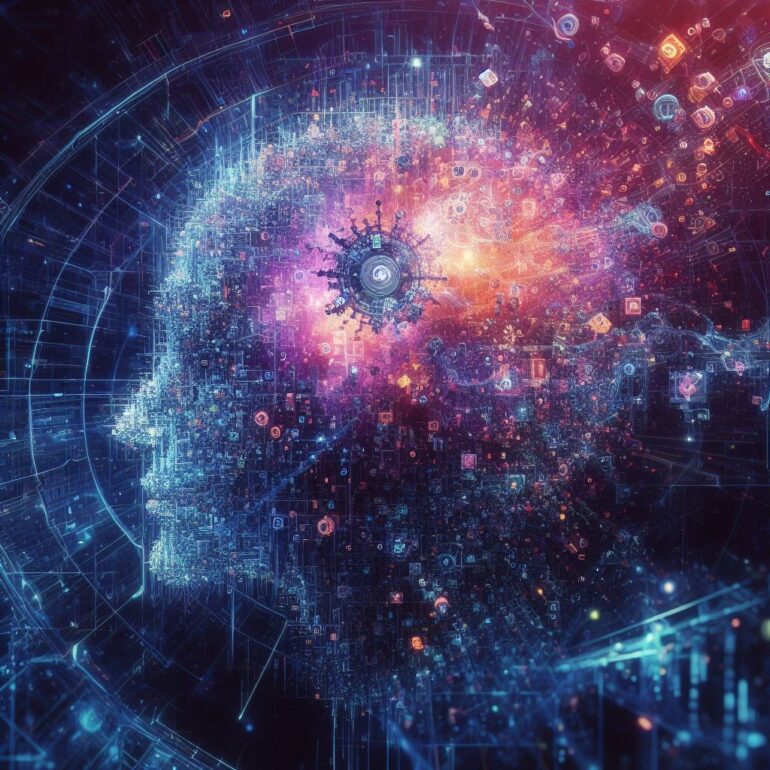TL;DR:
- Researchers introduce wake-sleep consolidated learning (WSCL) to enhance AI training.
- WSCL mimics the human brain’s memory consolidation process during sleep.
- AI models experience “awake,” “sleep,” and “dreaming” phases for holistic learning.
- WSCL demonstrates significant accuracy improvements in AI model performance.
- Some experts caution against strictly adhering to human brain emulation in AI research.
- Alternative inspirations, like dolphins’ sleep patterns, are proposed for practical applications.
Main AI News:
In the quest to advance artificial intelligence, researchers are exploring innovative approaches that mimic the human brain’s architecture and behavior. One such method, known as wake-sleep consolidated learning (WSCL), offers the potential to mitigate the problem of “catastrophic forgetting,” where AI models lose proficiency in previously mastered tasks while learning new ones. While some experts advocate for this biologically-inspired approach, others remain cautious about adhering too closely to human brain structures in AI development.
Conceived by Concetto Spampinato and his team at the University of Catania, Italy, WSCL replicates the way human brains consolidate new information during sleep. In this groundbreaking technique, AI models undergo an “awake” phase where they are trained on a set of data, followed by periods of “sleep” and “dreaming.”
During the “sleep” phase, AI models revisit past lessons and experiences, akin to humans processing short-term memories into long-term ones while sleeping. This process helps the AI integrate new knowledge without compromising its existing skills. Notably, WSCL also includes a “dreaming” phase, during which AI models are exposed to entirely novel data, promoting the merging of digital “neurons” and facilitating the adoption of more complex patterns.
Spampinato’s experiments with WSCL demonstrated significant improvements in AI model performance. Three existing AI models, initially trained using traditional methods, exhibited enhanced accuracy when subjected to WSCL training. These sleep-trained models proved 2 to 12 percent more likely to correctly identify image contents, reflecting a promising boost in performance. Additionally, WSCL systems showed increased “forward transfer,” indicating their ability to retain and apply old knowledge when learning new tasks.
While these results are encouraging, some experts urge caution against overemphasizing the human brain as the sole blueprint for AI development. Andrew Rogoyski of the University of Surrey in the UK reminds us that AI research is still in its early stages and not bound to follow the path of human evolution. He suggests alternative inspirations, such as dolphins, which can “sleep” with one part of their brains while remaining alert with another—a feature better suited for commercial applications that demand constant availability.
Conclusion:
The adoption of wake-sleep consolidated learning (WSCL) holds the potential to revolutionize the AI market. By replicating the memory consolidation processes seen in human brains, WSCL enhances AI models’ ability to learn and adapt, resulting in improved accuracy and performance. While caution is advised in solely emulating human brain structures, this innovative approach offers promising avenues for AI development, catering to various commercial applications and market needs.

